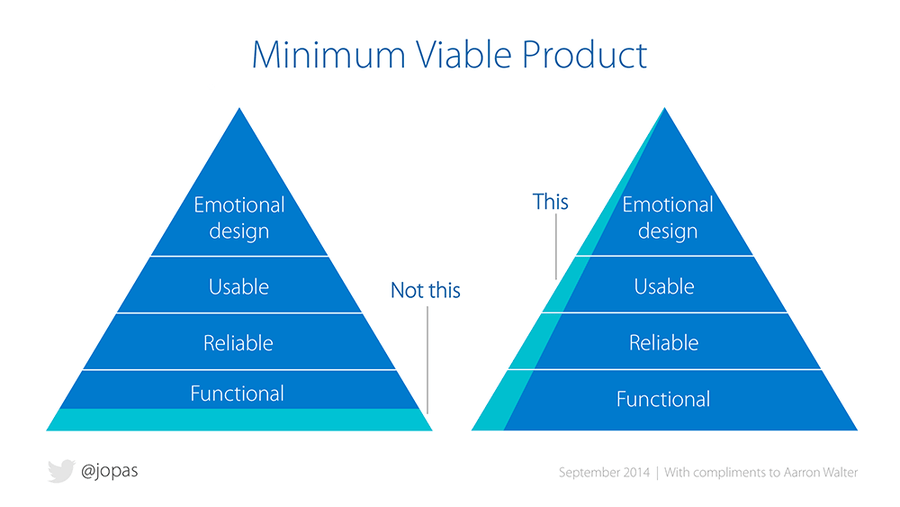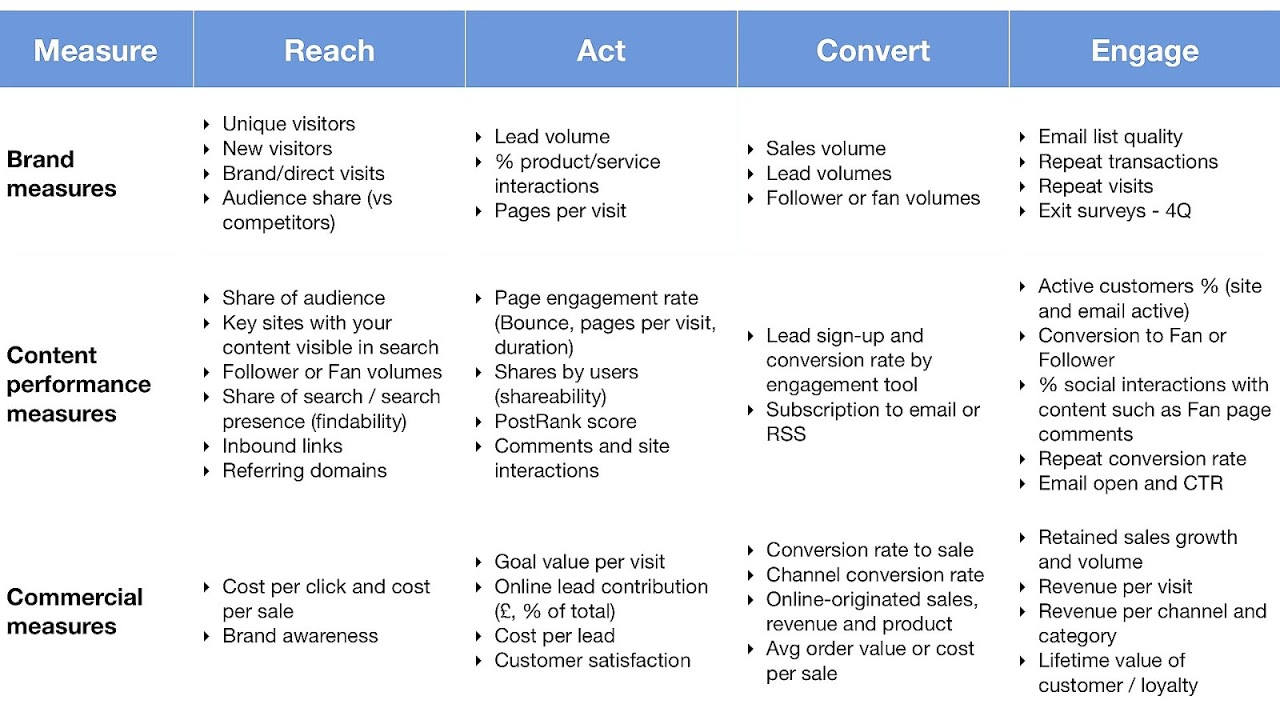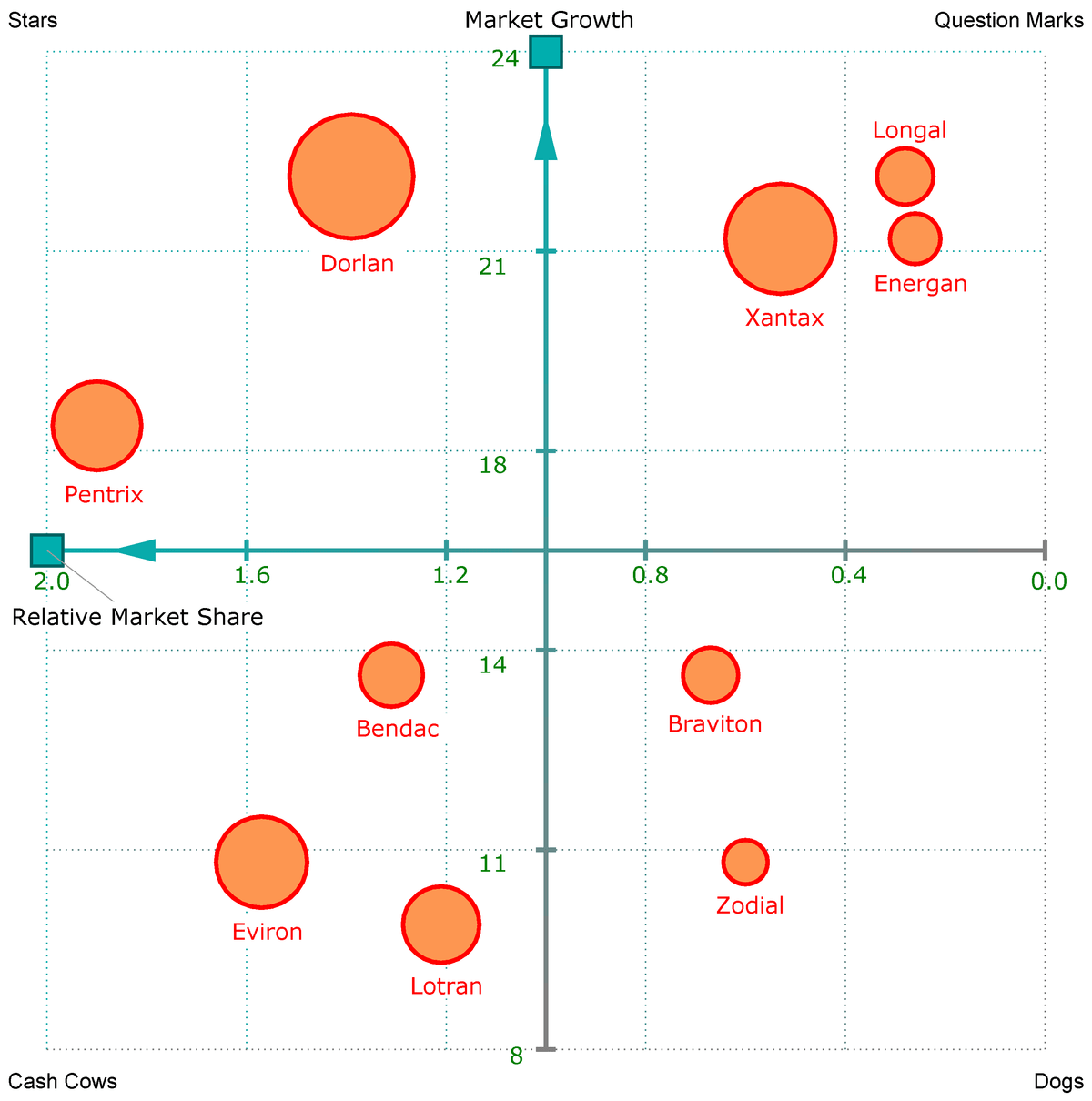Importance of marketing research for a startup MVP development
In one of the previous articles, we have already analyzed MVP and its importance for business. MVP (minimum viable product) tests working hypotheses and helps get customer feedback.
It is not uncommon for companies to spend years of work trying to convince themselves that a hypothesis is wrong. A carefully designed product, on which a lot of time and money was spent, turns out to be useless. A study by CB Insights found that 42% of startup failures are due to a lack of market demand. MVP helps to make sure the product is in demand or to abandon a losing idea in a timely manner.
The key idea behind an MVP is that you create a real product that can be offered to customers. And then, you watch the reaction to it and refine the solution considering consumers' preferences. That way, the company won't start creating a product that customers won't want to buy.
However, even to develop such a version of the product, you also need money and if you do not have your own accumulated budget, you need an investor. When the field of IT development was just in its infancy, it was much easier to convince the investor than it is now. Therefore, before creating an MVP, prepare yourself for global research.
Why is market research important?
A typical request for an MVP from a founder starts with the development price; offers to do a deep analysis of the market are refused because there is “no money” and not enough for an MVP. Why is this not correct:
- 40% of startups die due to no market need. It is not the most important thing to do, although everyone thinks that way - this is a delusion. The most important thing is to check the market needs and get confirmation. Benefit - you greatly reduce risk number 1 - no market need.
- Competition analysis is becoming more important than ever, the complexity and cost of project development and promotion depend on it. The trap: underestimating the cost of promotion and falling into a lack of money - and here you find yourself in the second most terrible risk.
- The strategy and price of promotion is highly dependent on the complexity of the acquisition and engagement) of the customers. In reality, this can be understood only after conducting a series of tests and receiving at least some kind of feedback from the market. The trap: underestimating the cost of promotion and falling into a lack of money and it is the second common cause of startup death (29%) and again "the second-worst risk."
Developing an MVP is very important to find the optimal balance of cost and quality. And often, the emphasis is on minimalism to save money and time. As a result, consumers criticize the raw test version, and developers mistakenly reject the idea itself.
The market research gives a more adequate estimate of the MVP (closer to reality) as well as an understanding of the budget for promotion, without which your MVP itself will never take off, as a result, a more realistic estimate and, as a result, fewer chances to fly by due to "lack of money.
MVP is often confused with PoC (Proof of Concept) - proof of concept. Although these concepts are similar, they are not the same. PoC demonstrates the practical feasibility of a method, technology, or idea. For this, a small sample or prototype is created, which may have only partial functionality of the final product. So they confirm that the chosen method of creation or technology can be really applied in practice. MVP is not proof but a fully functional product.
At the same time, MVP cannot be called a classic prototype in the form of schematic sketches. While this viable product supports minimal functionality, it cannot be raw. Moreover, the product should perform as best as possible the basic functions that solve the specific problem of the consumer. That is, if a prototype is presented as an MVP, it must be a working prototype. Consumers must have a clear understanding of what the finished product will look like.

It is important to consider that the main principle of MVP is to quickly and cheaply create a product that people will want to buy. And here, it is advisable to use the model suggested by Jussi Pasanen - instead of sequentially creating layers, create at least a minimal piece on each layer.
Why does a business choose MVP development research first?
Research helps prepare for product testing from two sides: technical and marketing. Pay attention not only to functionality. The product must be reliable, easy to use, and attractive in terms of design.
Let's say the company's end product is a cake. Its main task is to satisfy the taste of the consumer. To develop MVP, it was decided to apply the method of creating a product layer by layer. The developer presents the first version to customers - a biscuit cake (base). From the feedback, he learns that the cake is tasty, but there is not enough cream (filling). At the same time, some consumers are already disappointed with the product.
The developer adds cream and again, it is not right. At this stage, another part of the audience refuses the product. Now customers are missing decor (design). The developer decorates his cake and receives positive feedback, as well as wishes to make the cake bunk. It remains to tweak the MVP a little to get a great finished product. Alas, in the process of testing, we have already lost the share of potential customers.
Now imagine another approach - creating an MVP using the slicing method. The developer creates a small cake: it has a base, filling, and design. The initial release is successful and the developer creates the cake. From the feedback, he learns that consumers like everything but would like to get a larger cake. Now the developer makes a big cake and that's it - the product is ready. At the same time, we managed to keep the entire audience who liked the first version of the MVP.
It turns out that if you want to know whether someone will buy a cake from you, sell the cake, and not the base for it or the filling, or the design separately. Making cakes is costly, for a start you can make a mini version of the - cakes. The characteristics remain the same, but less time and money is spent on production. Likewise, with any other MVP - offer consumers something that will allow them to form an objective opinion about the final version.
What layers should your MVP cake consist of?
Members of the Ardas team have more than once been trained in various startup schools from various large foundations. And these are the important points of research they are talking about.
Market Research - demand & interest analysis
For a product to be in demand, it must solve a specific consumer problem. Understand why a potential customer needs your product and why they should buy it. A detailed answer will help you understand what tasks the MVP should solve in the first place.

Explore a competitive market
Even if you have come up with a truly new product, there may already be similar solutions on the market. Study the market for competitors. Find out what competitors are offering, what market share they have, and how they attract customers. Third-party experience can come in handy when adjusting your own decision.

Analyzing the products of your competitors:
- Review the products of each competitor;
- What services do they sell;
- Is it B2B or B2C;
- What specifics do these products have;
- Which traffic channels do they use.

Competitor Features To Compare:
- Price;
- Best products they sell;
- Monetization methods;
- The business model they use;
- Target audience (best customers);
- Specialization.
Perform a SWOT Analysis
SWOT analysis is a strategic planning technique. Its essence lies in the analysis of factors affecting the object under study. In particular, you need to define the product:
- Strengths;
- Weaknesses;
- Opportunities;
- Threats.
Strengths and weaknesses are due to the influence of internal factors. Opportunities and threats are attributed to external factors. The purpose of a SWOT analysis is to focus on benefits, identify and minimize shortcomings, prevent potential threats, and fully exploit existing development opportunities.
Fill out the Lean Canvas
Product managers planning to launch a new product do not always fully understand it and cannot correctly present it to others. Then they take up the preparation of a large presentation with a bunch of graphs and text in PowerPoint. But do you need to spend time on this if, first of all, you need to understand the essence of the project yourself?
There is a great alternative - compressing a large plan into one sheet, distributing the main information into several blocks. Such a tool is called the Lean Canvas.

One of the main features is the ability to change the compiled template quickly. This helps well in projects at the planning stage, when it is not yet fully understood what the result will be.
Product managers use Lean Canvas to gather basic information in one place and as a cheat sheet for generating new hypotheses that can be tested with HADI loops.
But it's important to remember that this tool is not the final business plan for the product. It is used as an aid when you need to find important information and there is no time to leaf through a large business plan.
Create a business plan
To develop your IT startup, you need to create a detailed structure of a business plan bit by bit. Further, having worked through each point, you will get a clear and understandable picture of the future of the Business. The structure covers all important areas for both the creator and the investor.
Draw high-level roadmap
After you have analyzed the future product, it's time to evaluate it from the consumer's perspective. You need to understand the order of actions for users to purchase your MVP.

The customer journey should be short, simple, and convenient. A detailed description of all the client's actions will help to understand what information is missing or what details will help in the presentation of the product.
What tools to use for research to avoid reasons why startups fail
There are many ways to research the market. We provide a list of those tools that our team uses:
- Google Market Finder - studying marketing statistics sliced by countries, languages, devices, audiences, etc.;
- Google Trends - to analyze trends in the market and measure demand & interest;
- Google Adwords - to research keyword popularity;
- Google Search - to check keyword relevancy;
- Semrush, Similarweb - to analyze competitors;
- Alexa - for deeper keyword and competition research.
Testing the Product after all the researches listed above
After detailed planning, you need to test everything you've researched before on real people. This is an important stage before creating an MVP and it also costs money - our team estimates it is approximately $ 5,000-10,000. How is testing done:
- A focus group interested in the service could be created. Most interested people will answer a list of questions regarding cost and functionality. A focus group is not as understood before - 15 people gathered in a room. This is a fairly large audience that we target on the internet and it reflects reality much better than some specially invited people.
- Presale activities could be done if no solid demand is defined - a website will be created with the ability to subscribe and answer the quiz. The ad campaign will be launched on FB, and Instagram introducing the new system and suggesting people subscribe with a discount.
- The clickable prototype of the system could be done before development and tested on the focus group. The feedback from the group is analyzed.
- A video (or series of videos) on Youtube will be created explaining how to use the system before it is really created - to see audience feedback in comments. Youtube Ads can be used to promote it quickly.
- Influencers in various networks can be used to announce the solution and its features and collect feedback from their subscribers.
Our experience
Recently, we were testing a product that has not yet reached the creation of MVP, but it was important for us to organize a survey of real people. A product for measuring glucose in people with diabetes mellitus.

In two days, we found a group of people to create a vote of important questions for our research. As a result, we received answers from 50 people living with this disease. After conducting a survey, we accurately identified their real needs and discovered that our assumptions were incorrect.

Final Thoughts
Technical preparation for MVP is investigating technical possibilities, developing PoC for testing, product design and you can read more about the importance of UI/UX here. Sometimes you need to separate PoC from MVP and do it separately. All this is needed to assess the MVP more accurately.
It's not worth spending money on an MVP, calculating how much the entire cycle of market research, including tests, will cost in the end is vital. In the article about the pricing of MVP development, we talked about how much the profit center costs, so we think that it is better to invest 70,000-150,000 dollars and with a 40% probability of dying or investing 10,000 dollars and preparing to enter the market or exit with fewer losses.
The founder will not do it alone unless it is 2-3 very competent co-founders with technical, marketing, business, and financial experience. We have dedicated development team who have almost 40 years of working experience three in business development, finance, and marketing. Therefore, if you have an idea, SaaS development, or desire to do something new, our team will help you to bring it to life without unnecessary risks and financial losses.